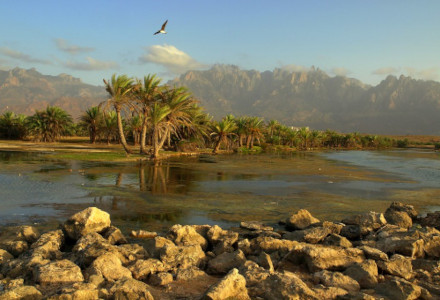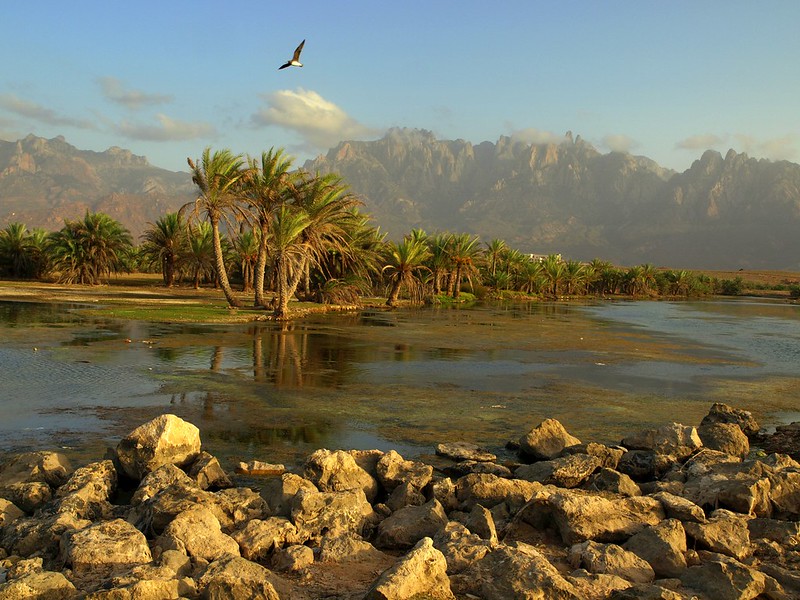Socotra Facts
- First of all, the astonishing Socotra remains one of the most truly astounding locations found anywhere in the entire world.
- Also, geographically, this amazing island, which is the largest of four in the archipelago bearing the same name, is extremely isolated.
- Furthermore, it has often been referred to by many people, both verbally and in print, as the most alien-looking place on earth.
- This occurs due to the fact that many of the plants and animals endemic to Socotra seem unlike anything else in the world.
- Finally, thanks to its utterly unique nature, UNESCO recognized the island as a World Heritage Site in 2008.
Related Articles
Socotra Physical Description
The breathtaking main island of Socotra constitutes the great majority of the land area within the entire archipelago.
Measuring roughly 82 mi (132 km) in length, and also about 31 mi (50 km) in width, it contains roughly 95% of the total area of the four islands combined.
In addition, Socotra also boasts an impressive total of three distinctly different geographical terrains within its boundaries.
These include a narrow section of plains along the coast, a reasonably impressive mountain range, and, finally, a large limestone plateau.
Socotra Location, Flora, and Fauna
The incredible Socotra once formed part of the supercontinent of Gondwana, until it broke off during the Miocene Epoch.
Further, today, it sits between the Guardafui Channel and the Arabia Sea and constitutes part of the country of Yemen, located in Asia.
Socotra also remains best known for the highly distinctive, and quite often unique, species of endemic animals and plants that call the island home.
For the moment, the number of species found on this island and nowhere else on earth total nearly 700.
Furthermore, perhaps the best known of these is the remarkable Dragon’s Blood Tree, with its strange umbrella shape.
Features Sharing Its Area
Check out our other articles on Bald Eagle, Amethyst Deceiver, Lowland Streaked Tenrec, 6 Magnificent Carnivorous Plants


